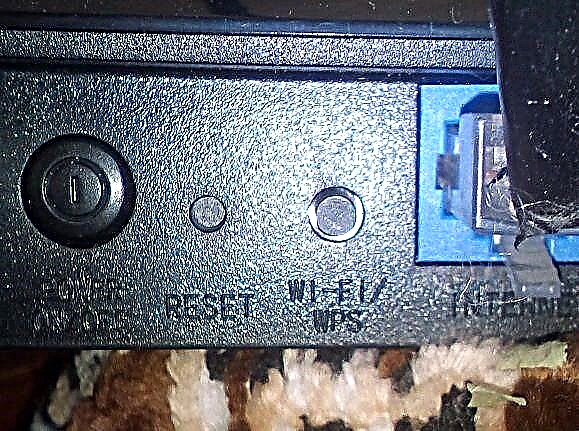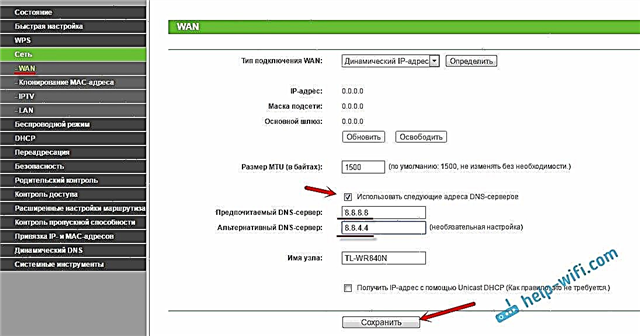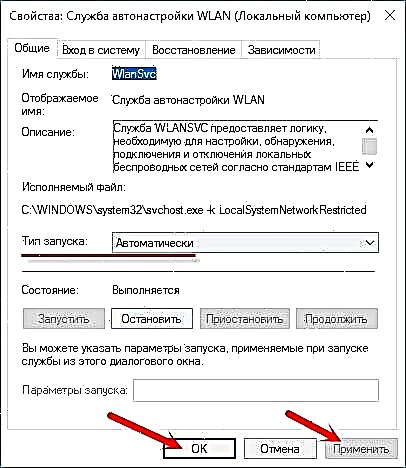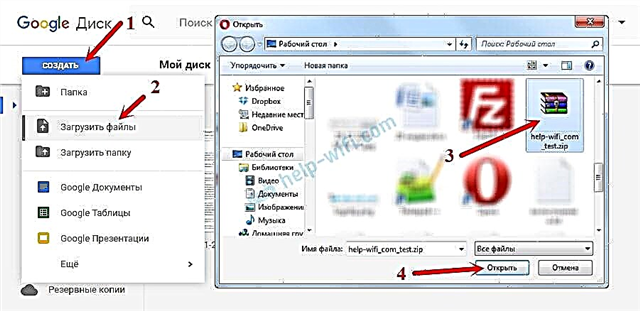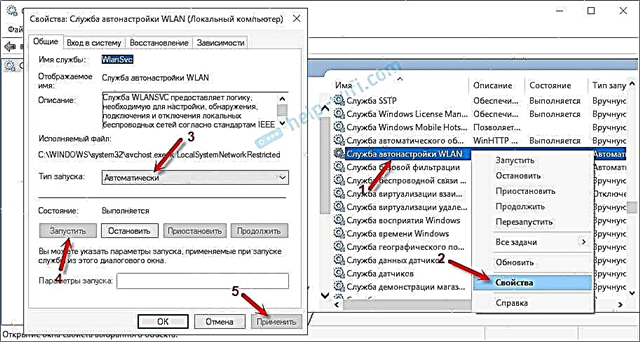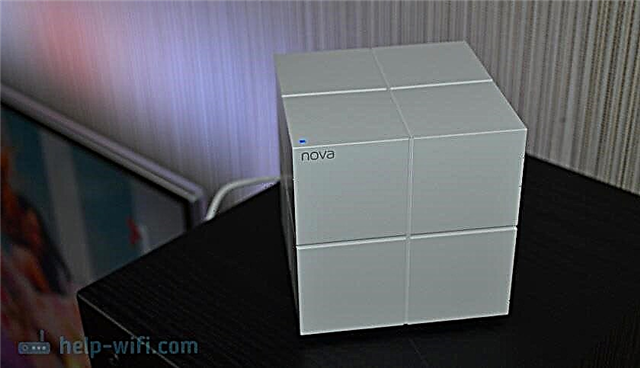Before proceeding to the review of the Tenda Nova MW6 Mesh system and tell you about all its capabilities and functions, I want to first understand what Wi-Fi Mesh networks are, for what purposes they are needed, how they work, etc. in fact, everything is much simpler than it might seem at first glance.
If I'm not mistaken, "Mesh" translates to "cell". And we already roughly understand what a Mesh system is. It is a system of several devices (cells, modules) that are combined into a single Wi-Fi network and provide seamless Wi-Fi roaming. All modules (nodes) in this network are equal. If we are talking about systems like Tenda MW6, then this is a self-organizing Mesh system. This means that the modules of this system are already configured with each other out of the box. Immediately after switching on, they connect to each other and start working automatically.
Mesh systems have a lot of advantages (and I was already convinced of this in the process of getting acquainted with Nova MW6). First of all, it is a "seamless" Wi-Fi network, thanks to which devices automatically and invisibly switch between modules without signal loss and network interruptions. Large network range thanks to the modular system. Stable, reliable and fast connection. How a dual-band network (2.4 GHz and 5 GHz) works. Very easy setup. This is the real Wi-Fi system of the future. Moreover, such a system is ideal for a "smart home".
Tenda Nova MW6 is the first Mesh system I met. For some reason, I used to think that these are complex devices that need to be understood, set up, connected, etc. - I was very wrong. In this article, I will try to introduce you to the Tenda Wi-Fi Mesh system in as much detail as possible. First, let's look at the appearance, and then we'll figure out the characteristics and capabilities.
Review of Wi-Fi Mesh system Tenda Nova MW6
Let's start with the packaging. Stylish box that shimmers interestingly under the rays of light.

This is how everything is packed inside.

Nova MW6 consists of three modules. The set includes a power adapter for each module and a network cable for connecting the system to the Internet via a modem or router.

Very good quality packaging, plastic, power adapters and the devices themselves. Even the network cable is unusual - flat. It's nice to print devices and connect them.

All three modules are exactly the same. These are beautiful white cubes with the "Nova" logo and one indicator.

They look very stylish and modern, you must agree.

The bottom is made of rubber feet and a special slot for the cable. Everything is neat and beautiful. There are also holes for cooling and a sticker on which all the necessary information is located. Including the factory name of the Wi-Fi network (SSID) and its password.

I will talk about buttons, ports and connectors later in the article.
Tenda Nova MW6 features and capabilities
These three modules of the Mesh system can provide stable Wi-Fi coverage indoors up to 500 sq.m. It is just the perfect solution for large and multi-storey buildings, apartments, or offices. And this solution is much better and simpler than conventional Wi-Fi network amplifiers. When using a repeater (especially several), the speed of the Wi-Fi network drops noticeably. With Tenda Nova MW6, there are no such problems.

The Wi-Fi coverage is really good. You can choose the optimal movement of the Mesh-system modules based on the indicators. If it is solid blue, then the connection between the modules is very good. Orange indicator - normal connection. Purple - bad connection (you need to put the modules closer to each other).
Wi-Fi network speed: up to 300 Mbps in the 2.4 GHz range and up to 867 Mbps in the 5 GHz range. The system is of course dual-band. And I was very surprised how it was implemented. There are no two Wi-Fi networks as is the case with a router or repeater. Wi-Fi network is one, but in two ranges. And if the device supports 5 GHz, then it automatically connects at this frequency. If not, it connects at 2.4 GHz. This information can be seen in the list of connected devices in the Tenda WiFi application, through which the Nova MW6 system can be controlled.
There is support for Beamforming (focusing on a specific Wi-Fi client for a better signal) and MU-MIMO (simultaneous connection and data exchange with multiple clients).
"Seamless" Wi-Fi. We always and everywhere have one Wi-Fi network. You will never notice that your network consists of three modules. Devices will not lose network connectivity as you move around your home. The network is one and really "seamless", once the device is connected and that's it.
It is hardly possible to organize such a network with the help of repeaters. It all works a little differently there. And breaks when moving between a router and a repeater are common.
Ports and controls. The devices are very simple. There is only one button - Reset. And then it is recessed into the body. Of course, there is a connector for a power adapter and two Gigabit (up to 1 Gb / s) Ethernet ports.

Since the Internet can be connected to any module, the WAN port is marked with a blue "Internet" icon. In the LAN port, you can connect different devices to the Internet using a network cable. For example, desktop computers. After configuration, on the modules to which the Internet is not connected, the WAN port is used as a LAN. That is, each module has two LAN ports, in addition to the one to which the Internet is connected.
How does the Nova MW6 modular Wi-Fi system work?
Very, very simple. I will tell you in a nutshell:
- We take one module and connect the Internet to the WAN port. For some reason I thought that the Internet can be connected to Tenda Nova MW6 only from a modem or router. This is also possible, but you can also connect directly from the provider, as far as I understand. During the configuration process, you can choose one of three connection types: PPPoE, Dynamic IP, Static IP. I connected the internet from a router. Using the supplied cable. If you have the same scheme, then you can simply turn off the Wi-Fi network on the router.
- We plug in the power adapter and plug it into a power outlet.
- Install the "Tenda WiFi" application on your phone (tablet) from the Google Play Market or the App Store.
- We connect this phone or tablet to the Wi-Fi network of the Tenda Mesh system. The factory password and network name are indicated on the module (on the bottom, on the sticker).
- Open the "Tenda WiFi" application and go through the setup. Everything is very simple there, in Russian.
- During the setup process, in different rooms of a house, apartment, or office, we turn on the other two Nova MW6 modules.
- We are waiting for them to connect with each other. The indicator should be on. By the color of the indicator, we determine the level of the wireless network signal between the modules. Blue is great! Yellow is normal. Purple - you need to mark the devices closer to each other.
- All. You can manage the network, watch connected devices, change parameters, etc. Through the "Tenda WiFi" application.
Here are some of the Tenda Nova MW6 settings from the Tenda WiFi app.

Network status, parameters and list of connected devices.

A very cool system and technology. Definitely much better than a regular router and a pair of repeaters. Simply the perfect Wi-Fi solution for large houses and apartments. Or in the case when you have several houses on the site. Or a house, garage, sauna, other buildings. You can install a module in each building and the Wi-Fi network is ready. It is clear that such a system is not particularly needed in a small apartment, house, or office. There will be enough one router.
As far as I know, a 3-block system is now on the market. But, according to the manufacturer, packages from 2 and 1 blocks will be presented to the Ukrainian market. And this is very good. Just for the same three-room apartment, for example, two modules would be enough. And for some, one will be enough. And if one module does not cope, or three modules are not enough, then you can buy another one.
Now I know what equipment to recommend for organizing a long-range Wi-Fi network. I look forward to your comments. It is interesting to hear your opinion specifically about the Nova MW6 and similar mesh systems in general.

